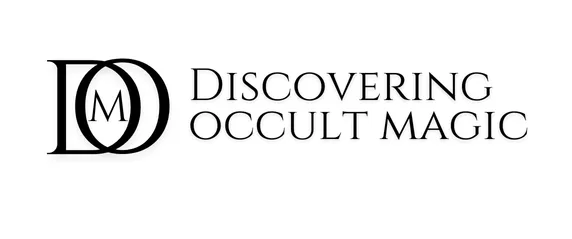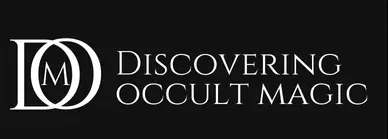This post contains affiliate links. If you purchase through these links, I may earn a small commission at no extra cost to you.
Introduction
When we speak of the foundations of modern Western occultism, few names resonate as strongly as Éliphas Lévi. The 19th-century French mystic, magician, and writer was instrumental in shaping how we understand ritual magic today. His ideas continue to ripple through ceremonial magic, Thelema, Wicca, and the wider esoteric world.
But who was Lévi, really? Beyond the robes and the rhetoric, the pentacles and the prose, what drove the man who dared to fuse religion, philosophy, and sorcery into a single system of magical thought?
From Priesthood to Magic
Lévi began his life in the Roman Catholic seminary, studying to become a priest. However, he never took final vows, and his path soon veered towards more radical territory. Influenced by socialism, mysticism, and a dissatisfaction with dogma, Lévi sought a spiritual worldview that synthesised reason, religion, and magic. This quest led him to explore Kabbalah, alchemy, astrology, and the grimoires of old.
Adopting the pseudonym Éliphas Lévi, a Hebrew translation of his given name, he stepped fully into the role of modern mage. His writings would become foundational for the occult revival of the late 19th and early 20th centuries.
Dogme et Rituel de la Haute Magie (1854–1856)
Lévi’s magnum opus, Dogme et Rituel de la Haute Magie (translated as Transcendental Magic), remains one of the most influential occult texts ever published. In this work, he reinterpreted ceremonial magic through a modern philosophical lens, aiming to reconcile science and spirituality.
Lévi’s core idea was that magic is a science of the will, a sacred art that uses symbols, rituals, and divine names to align the human microcosm with universal principles. He introduced the now-iconic image of the Baphomet, a symbolic figure uniting opposites, light and dark, male and female, above and below, embodying the concept of equilibrium at the heart of esoteric thought.
The Revival of the Tarot and Kabbalah
Another of Lévi’s enduring contributions lies in his reinterpretation of the Tarot. He was among the first to correlate the 22 Major Arcana with the 22 letters of the Hebrew alphabet and the paths of the Kabbalistic Tree of Life. While not historically accurate, his symbolic attributions deeply influenced the structure of later magical systems, particularly those of the Hermetic Order of the Golden Dawn, and his fusion of the Kabbalah and Western occultism gave rise to what we now call “Western esotericism” a hybrid tradition that draws from Jewish mysticism, Hermeticism, Neoplatonism, and Christian theology, all reframed through a magical lens.
Influence on the Occult Revival
It’s hard to overstate Lévi’s impact on later magicians. Madame Blavatsky of the Theosophical Society drew heavily on his teachings. Aleister Crowley, who viewed Lévi as a spiritual predecessor, even claimed to be his reincarnation. Crowley went so far as to pen an English commentary on Transcendental Magic, praising Lévi’s intellect while adapting many of his ideas into Thelemic doctrine.
The Golden Dawn, Thelema, Wicca, and countless modern magical traditions bear traces of Lévi’s thought. His synthesis of religion, ritual, and reason offered a model for modern magicians: not just to believe or to follow, but to understand and to create.
A Legacy of Light and Shadow
Lévi’s writings can be dense, sometimes contradictory, and often wrapped in poetic metaphor. Yet this is part of their enduring charm. His work invites the reader to think symbolically, to decode the universe, and to see the divine in all things.
He was not a systematiser so much as a visionary, less concerned with instruction than with inspiration. His magic was a bridge between worlds: reason and faith, science and spirit, old traditions and new beginnings.
Final Thoughts
Éliphas Lévi stands at the threshold of modern occultism. With one foot in the world of traditional mysticism and the other in the revolutionary spirit of the 19th century, he created a body of work that still resonates today. Whether you’re a seasoned magician or a curious student of esoterica, Lévi’s writings offer a profound journey into the heart of magical thought.


This is really interesting, and quite spooky timing that Im should be reading this article; I am reading a book I had no idea would be about, I just felt drawn to open it. It has revealed itself to be a fiction story, a mysterious tale about a tarot deck and occultist mystery. I’ll heed this synchronicity and keep diggjng!
Great article!